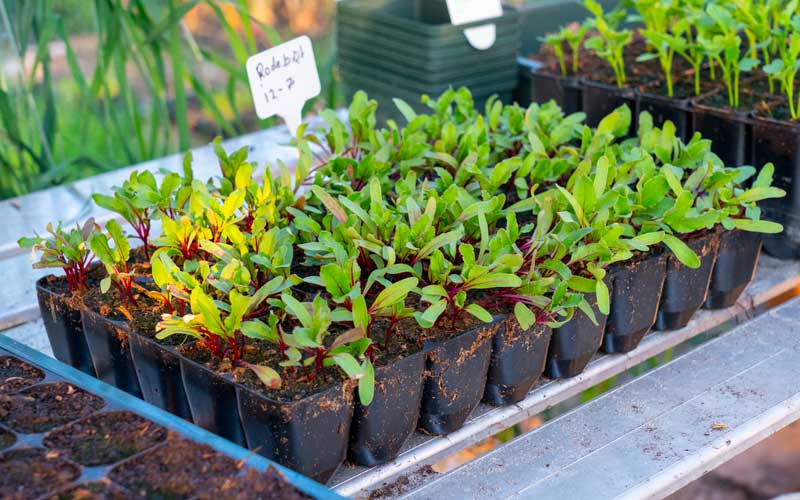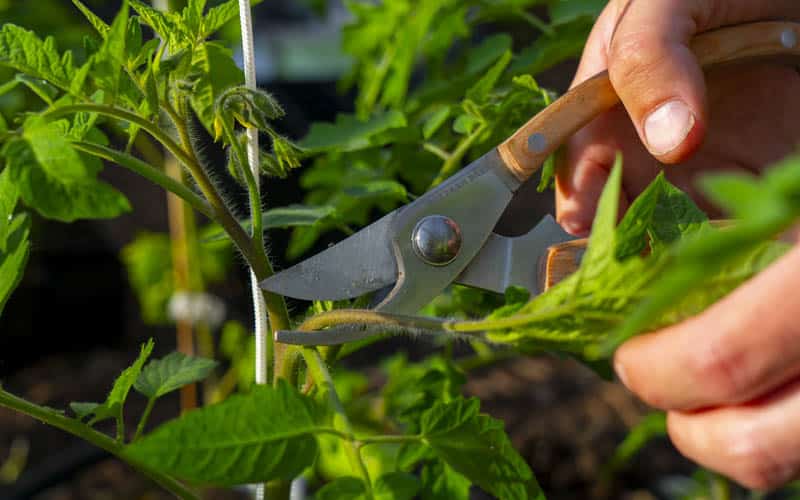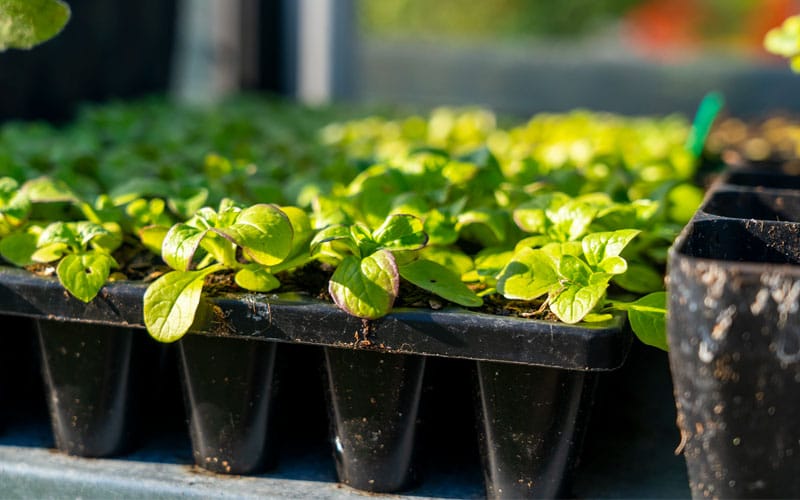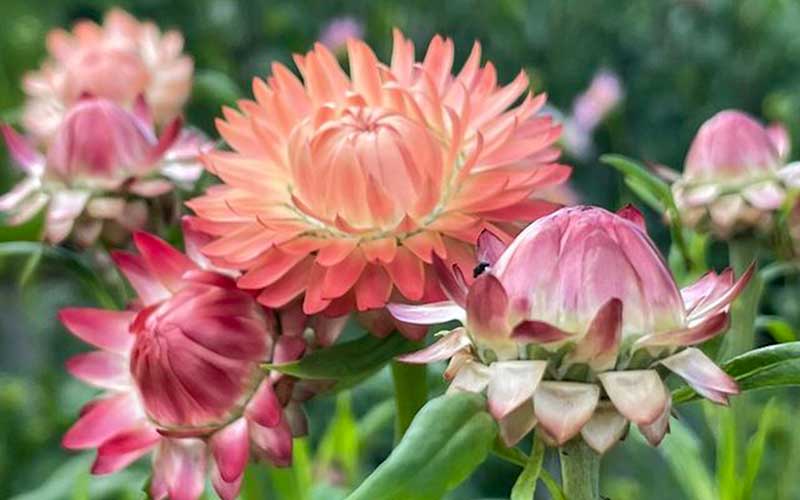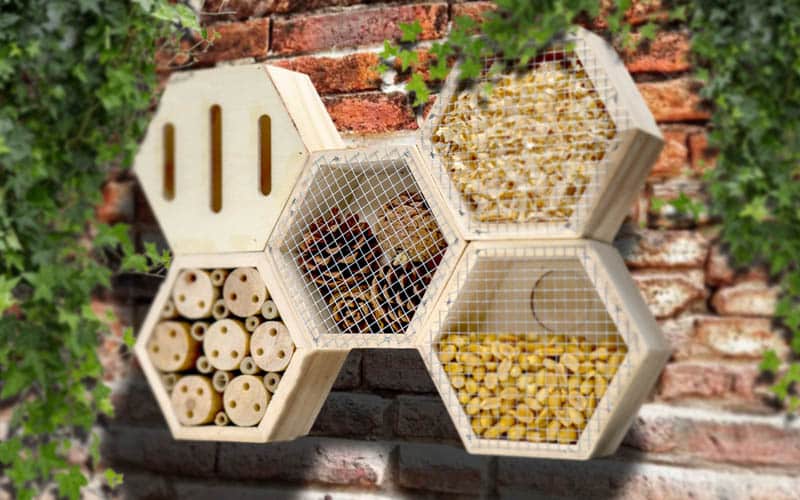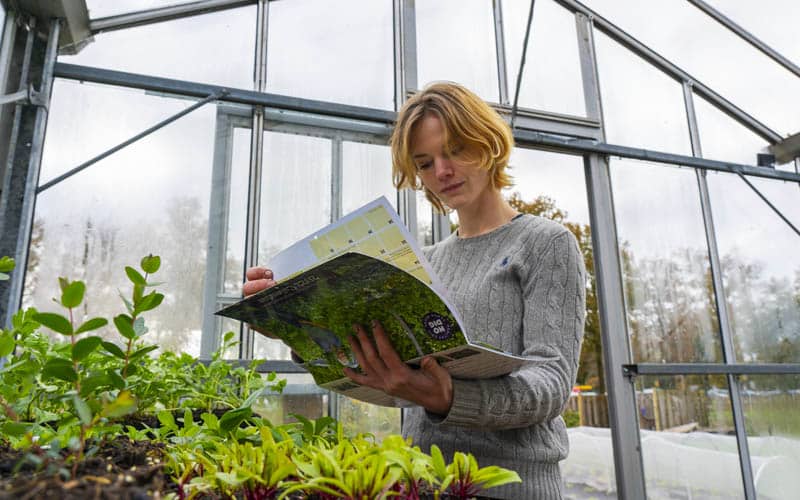No Results Found
The page you requested could not be found. Try refining your search, or use the navigation above to locate the post.
The page you requested could not be found. Try refining your search, or use the navigation above to locate the post.
The page you requested could not be found. Try refining your search, or use the navigation above to locate the post.
It’s all about creating an environment for every garden insect and providing food for them. From butterflies to bees and ladybugs. They are all important in the garden so if you provide them with a home they will provide you with garden help!
Animals and insects in the garden are not only beautiful to see, but they are also very useful! To help them in an increasingly less green backyard, you can offer birds and insects a safe place in your garden. This way we can live with them in more harmony. You can do this by offering them a safe shelter, choosing plants that are food for them, or helping them in the winter by feeding them extra seeds.
Attracting birds to your garden is a good idea! After all, they can help you keep insect pests in check. Each bird has different insects on its menu. For example, great titmouse like to eat the oak processionary caterpillars. A pesky garden dweller that we would all like to get rid of naturally! Many small bird species eat caterpillars that will eat from the cabbages in your vegetable garden. A few caterpillars are not a problem and we would like to keep them for the survival of butterflies but a plague in your vegetable garden is no fun.
By hanging nesting boxes and shelters in the garden you offer birds a safe place. Depending on the type of house, you can expect different residents. Make sure to place the nesting boxes in a sheltered spot out of direct sunlight. A clear flying route is important. Make sure that cats and other birds cannot get to the house too easily, so you protect the young birds against predators.
Insects are a good food source for young birds. Insects contain a lot of protein that is important for growth. But in addition to being a food source for many other animals, insects also help in the garden. For example, ladybirds eat a lot of lice and lay eggs on leaves where there is a lot of lice. The larvae, which cannot fly yet, crawl on the leaves in search of more lice. In this way, nature keeps the lice infestation in balance. Different species of bees and wasps are also very useful for the garden. In addition to helping with pollination, they also have a role in keeping other pests in check. For example, parasitic wasps also eat lice!
An insect hotel offers protection to different species of insects. But besides providing a shelter and a place to raise young, the houses or hotels are also nice decoration, for example on a bare wall. Depending on the type of material you can attract different insects. Ladybirds like to hide in pine cones. Wild bees like to hide in the hollow tubes of bamboo, for example. If the hollow tube is closed then the bee has laid an egg in it and eventually a new bee will crawl out. They fill the tube with beebread, a mixture of nectar and pollen with which the larva can feed. When the weather gets warmer, the young bees often crawl out one after the other into the world and in search of flowers. The young bees then fill the hotel again with the next generation and so the cycle is complete!
Because there are virtually no insects in the winter for birds the diet changes and they often eat more seeds. To help birds in winter, you can for example put up special peanut butter for birds. Fat balls are also a well-known winter snack for birds. The balls are often sold in nets but here the birds’ paws can get stuck. Therefore, as an alternative, we have a feeding silo in which you can put the fat balls. This prevents them from getting stuck in the net and you can still hang up fat balls as an energy-rich winter snack.
